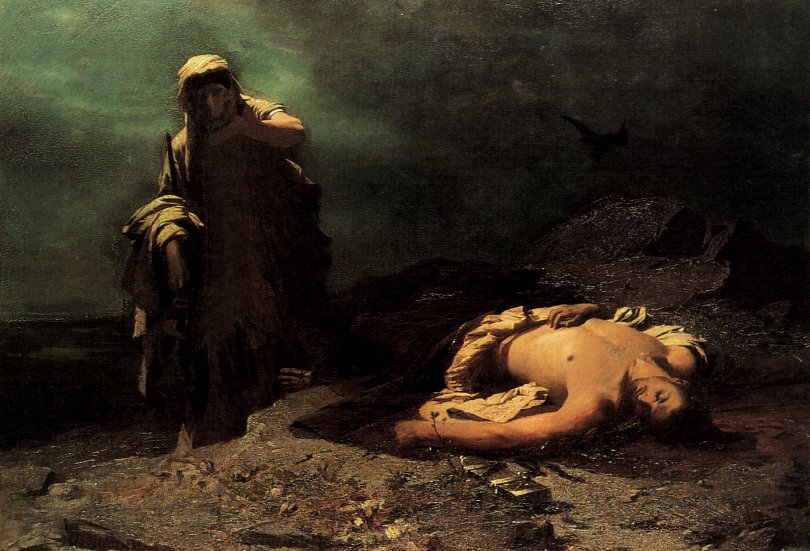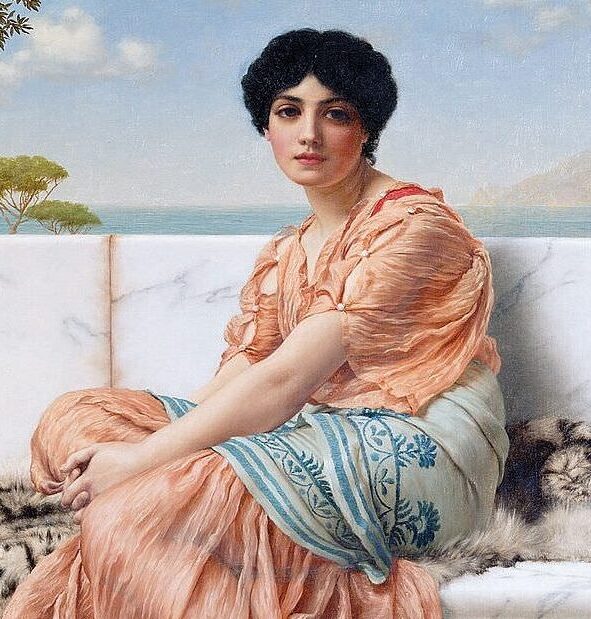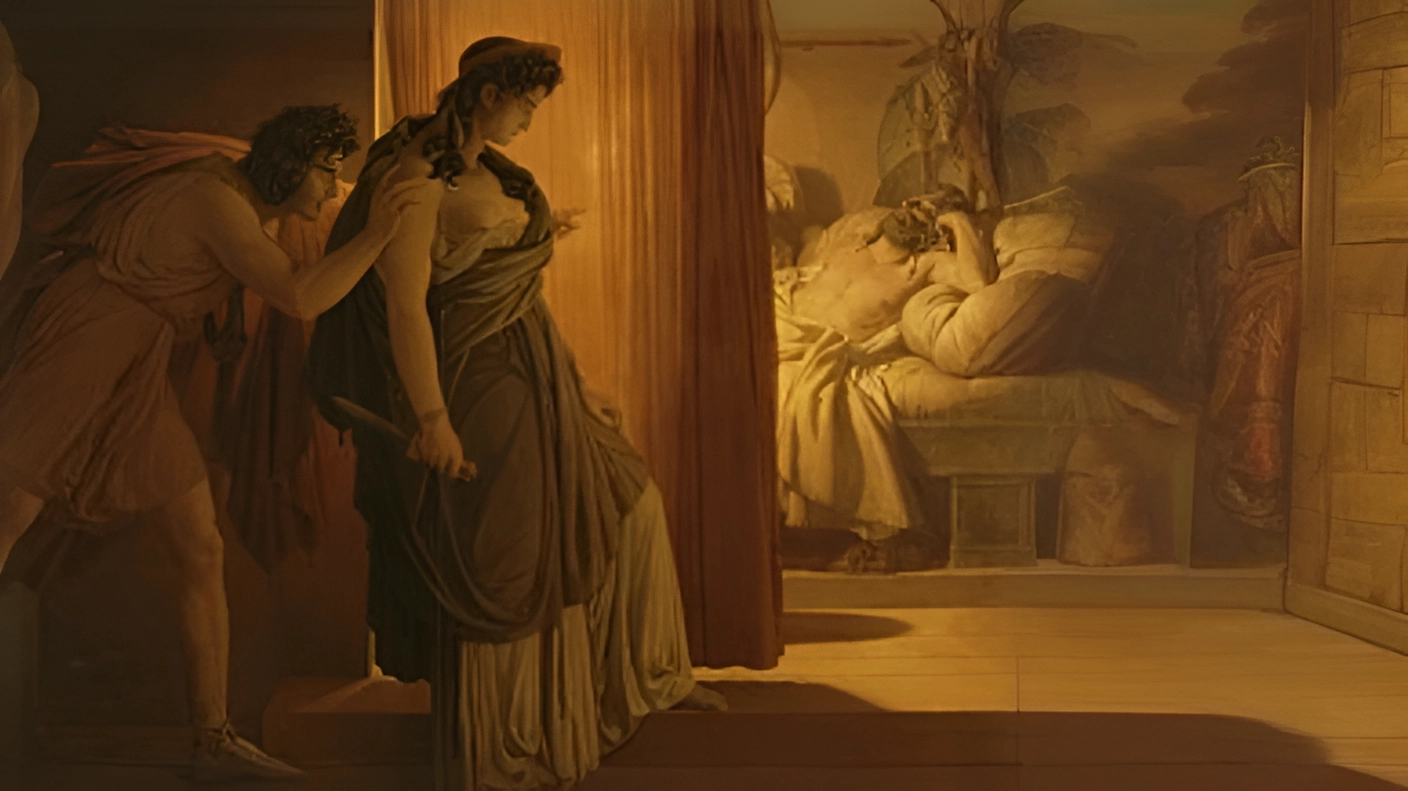Literature, Art and Myth
-
Atlas: more than the man who holds up the sky?
Atlas was a Titan condemned to hold up the heavens for eternity after the Titanomachy - the ignominious defeat of the Titans to the Olympian gods led by Zeus and his allies. However,…
-
The Aeneid: Augustan Propaganda or Virgil’s Admonition of Imperial Rome
Ostensibly, Virgil’s Aeneid is an epic effusive in its praise and admiration for Emperor Augustus and it has been regarded thus by most readers since. Virgil primarily achieves this through the parallels drawn…
-
To what extent can the epigram up to Martial be justified as a legitimate literary genre?
The epigram started out as an inscription (ἐπιγραμμα), first appearing in elegiac metre in the 7th century BC.[1] Originally featuring on tombs and statues, it then expanded to become sympotic and humorous. By…
-
Should Sophocles’ Antigone really be called ‘Antigone’?
The eponymous title of Sophocles’ Antigone is rather misleading: not only does it suggest there to be one central plot but also one main character – something we should find rather disconcerting, even…
-
The Hidden Figures of Greek Philosophy: Sappho, Leontion, and Arete of Cyrene
As a poet, lyricist, and teacher, Sappho might be one of the most well-studied and researched women of her time. But, as always, new opinions and analyses appear, making us question what we…
-
On Metre and Music in the Parodos of Aeschylus’ Agamemnon
Aeschylus’ Agamemnon was first performed in 458BC, and its parodos is the chorus’ entry-song. In contrast with later extant 5th Century BC tragedies where the actors and dialogue seem to be more important…
-
Presentations of women in Euripides’ Medea and Hippolytus, and Aristophanes’ comedies?
The recurring presence of Euripides as a subject for satire throughout Aristophanes’ extant dramas[1] arguably culminates with Frogs in 405BC; however, it is in Thesmophoriazusae that Euripides plays his most central role, in…







